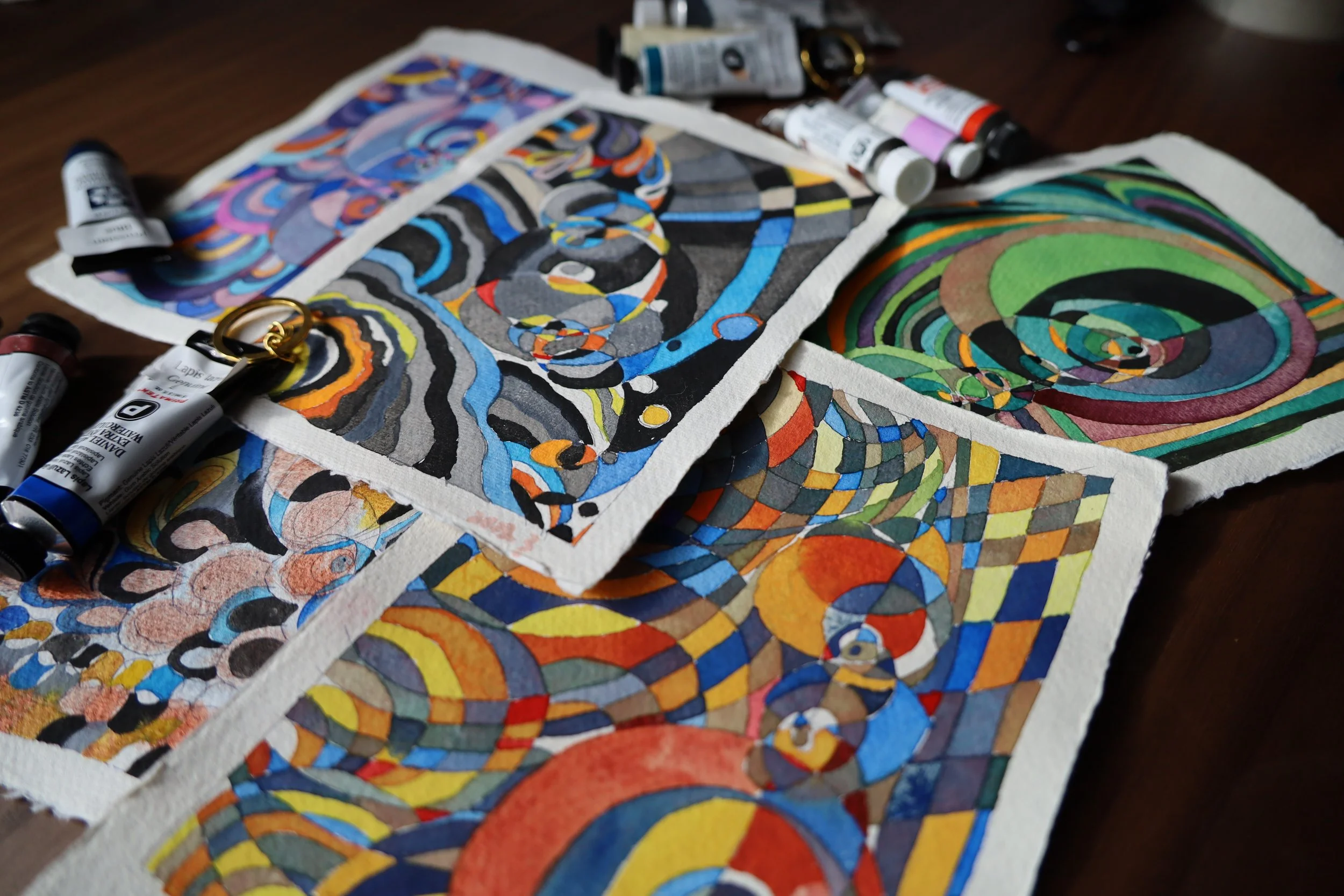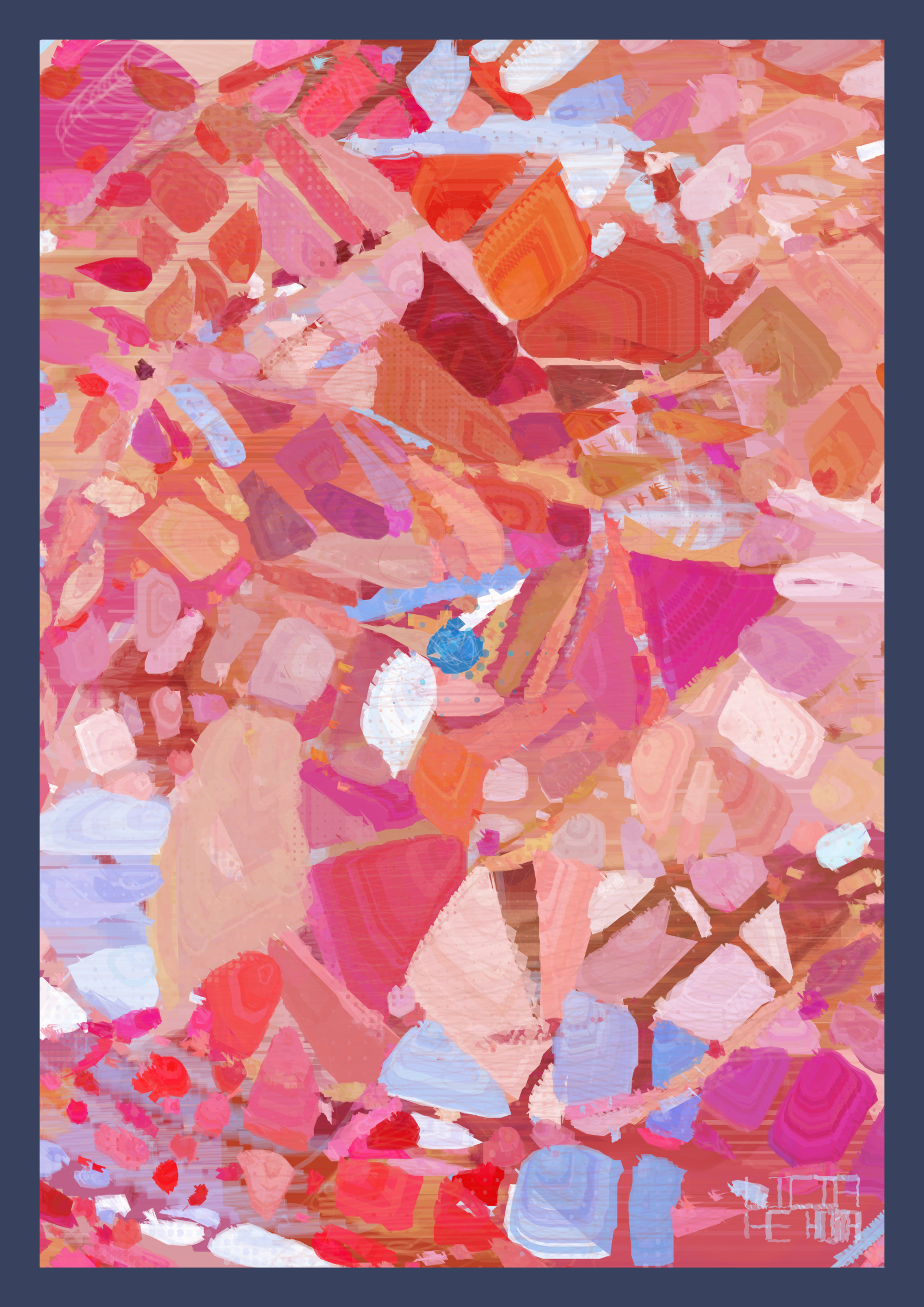SPARKLING GOODBYE BY LICIA HE
This was part of an ongoing series of articles that released was digitally in May 2023. They were first published in the print edition of the Bright Moments Quarterly that was distributed at Bright Moments Tokyo in Tokyo, Japan.
Malte Rauch: Congrats on relocating to the UK, Licia! If I understand it correctly, you just quit your previous job to focus on your art full-time. How did you make that decision? And how do you feel now?
Licia He: Thank you. Yes, I left the United States about two weeks ago and am now a full-time generative artist based in London. It's an exciting time, and I'm still trying to soak it all in. I had been considering going full-time for quite some time. I am glad I can finally make the move this year.
Can you give us some background on what you did previously? What was your previous job, and what propelled you to go full time now?
I was trained in computer science and studio art back in college, which seems to be a perfect trajectory towards a generative artist career. I went to grad school to pursue a PhD in Information Science at the University of Michigan, where I was initially working primarily on data visualization. I wanted something less restrictive than working with data, something that would allow me to lean more strongly into my artistic passion. So I started creating web-based generative art with D3.js and later became intrigued by plotters, which was a fascinating way to connect art and computer science as well as physical and digital creation.
After my PhD, I got a tenure track position as an assistant professor of Visualization. It was great, but I felt it was the right time to focus on my generative art full time.
Your Art Blocks Curated project, Running Moon, which explores the interaction between clouds and moonlight, was very well received. The work’s rendering mechanism is inspired by water color and stained glass. What interests you about the recreation of texture in the medium of generative art?
I have always been excited about physical art supplies. And when I started creating digital art, I wanted to find something that had a connection to the physical aspects. That's how I became interested in creating art that combines physical and digital creations. While I worked on the rendering of Running Moon, I also had the opportunity to take my first class in stained glass, which had a huge impact on the creative process.
My generative art projects have a connection to this strong interest in analogue techniques, but they also strive to be aesthetically unique. Running Moon tries to combine my interest in physical materials, abstract compositions and generative systems.
Can you walk us through your creative process? How do you typically approach a new project?
For almost every project I do, I start with some form of physical sketch. And for more elaborate long-form projects, like Running Moon and Drifting Dreams, I’ll do a large group of sketches before I translate it into a generative system.
As for coding, I find it challenging to keep a consistent schedule because I often work on different things that are physical and digital. Instead, I prefer long coding sessions. I might code for 12 hours a day for a week and then take a week off for testing and observations before getting back into another round of coding.
And I can't code without music. But I recognized that listening to music where I understand the lyrics is quite distracting for me. So I usually listen to fast-paced pop music in foreign languages.
Would you mind sharing what you are working on for Bright Moments Tokyo?
Sure. Japanese culture has an amazing tradition of craft work. For my collection, I want to draw inspiration from the materials and techniques of Japanese needleworks. So the first step in my creative process was to explore working with these materials, which was great.
As with many other projects, I started with physical sketches, and then I broke down the image into individual components to find the core structure. When creating sketches, I write down notes to say what the potential range for a particular part might be, and it's really a deeper dialogue with my physical sketch.
That's fascinating. Can you explain how you translate your physical sketches into generative art?
I try to find the exciting elements in the sketch and think about what additional space it can explore. The most intriguing thing about generating art is that you have the freedom to extend individual components. If you create a composition on paper, you have one fixed line that is in a specific location, with a specific color. But in generative systems, you have the freedom to say, maybe it goes from this region to that region, or it goes from this color to that color. As a generative artist, I train myself to spot these visual concepts that may lend themselves to become parameterized in that fashion.
What was your first contact with Bright Moments? And how do you approach the concept of IRL minting?
I have been following Bright Moments since the “Incomplete Control” show with Tyler Hobbs. I find it fascinating how Bright Moments connects the digital and physical aspects. I think the experience of going to a gallery or museum to see art in person is really important. And it’s something that has really been missing from the NFT space for a long time. When I work on my project for Bright Moments Tokyo, I try to think about how it will translate into physical space and how it will be experienced in person.
What emotions would you like to evoke in the people who mint your work in real life?
Great question. Overall, I think that I want them to enjoy the work. I think art is very subjective and personal, so everyone may have different reactions to the same piece. For example, with my Running Moon series, I feel like every piece conveys joy for me. I'm hoping that in real life, collectors will be able to experience this sense of profound joy that the work carries for me.
What are your plans for the future? Do you intend to focus mostly on code-based generative art or will you also explore physical media?
That's a great question. I think one of the main reasons why I wanted to go full-time is because there are so many areas that I'm excited about. For example, with the plotter work, I've been doing it for three to four years, and I produce hundreds of works a year, but that's really not enough. I feel like I need more time to dig into other materials and to really play around with a lot of things. So I'm really excited about being full-time because I now have more time to dive into those different fields.




